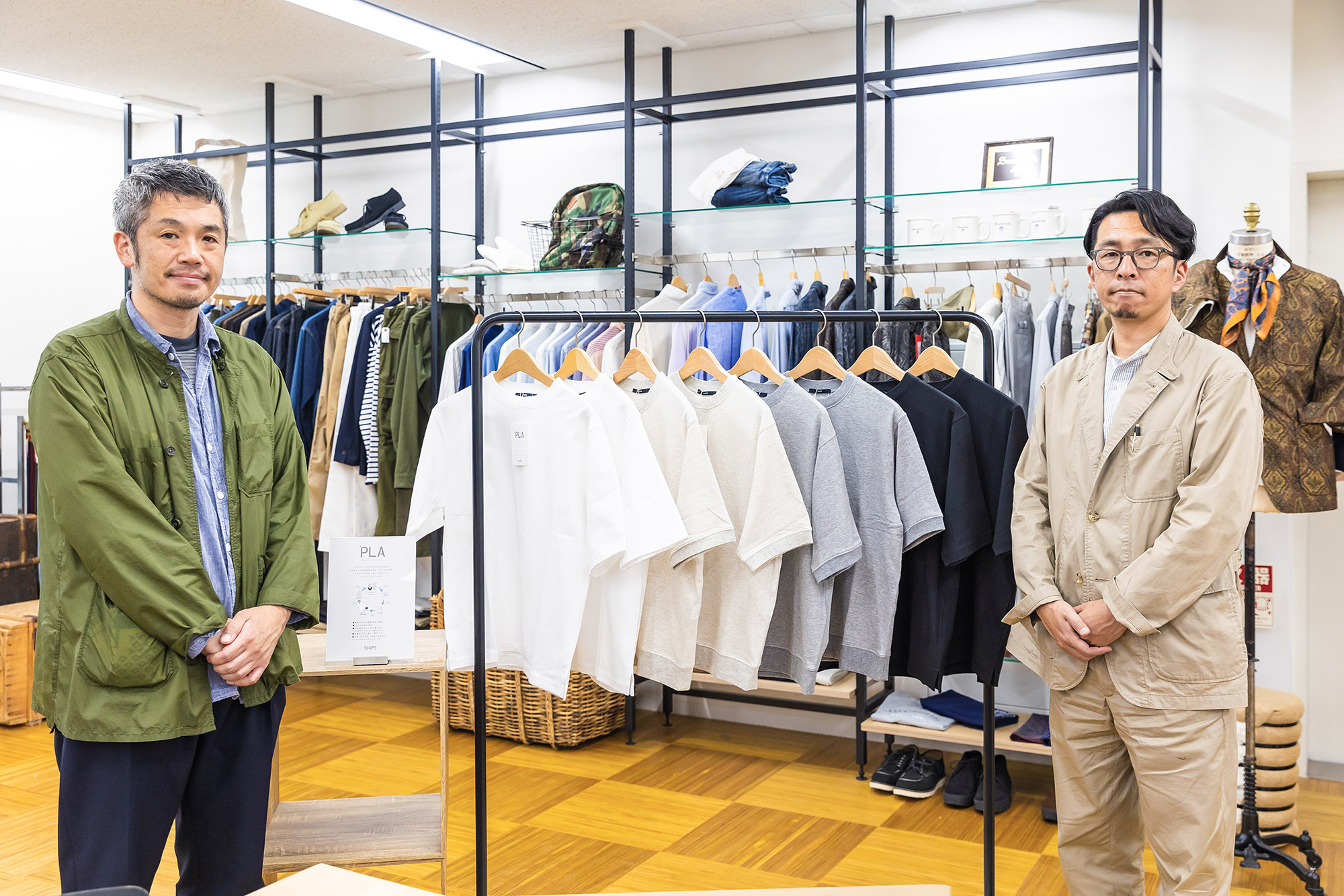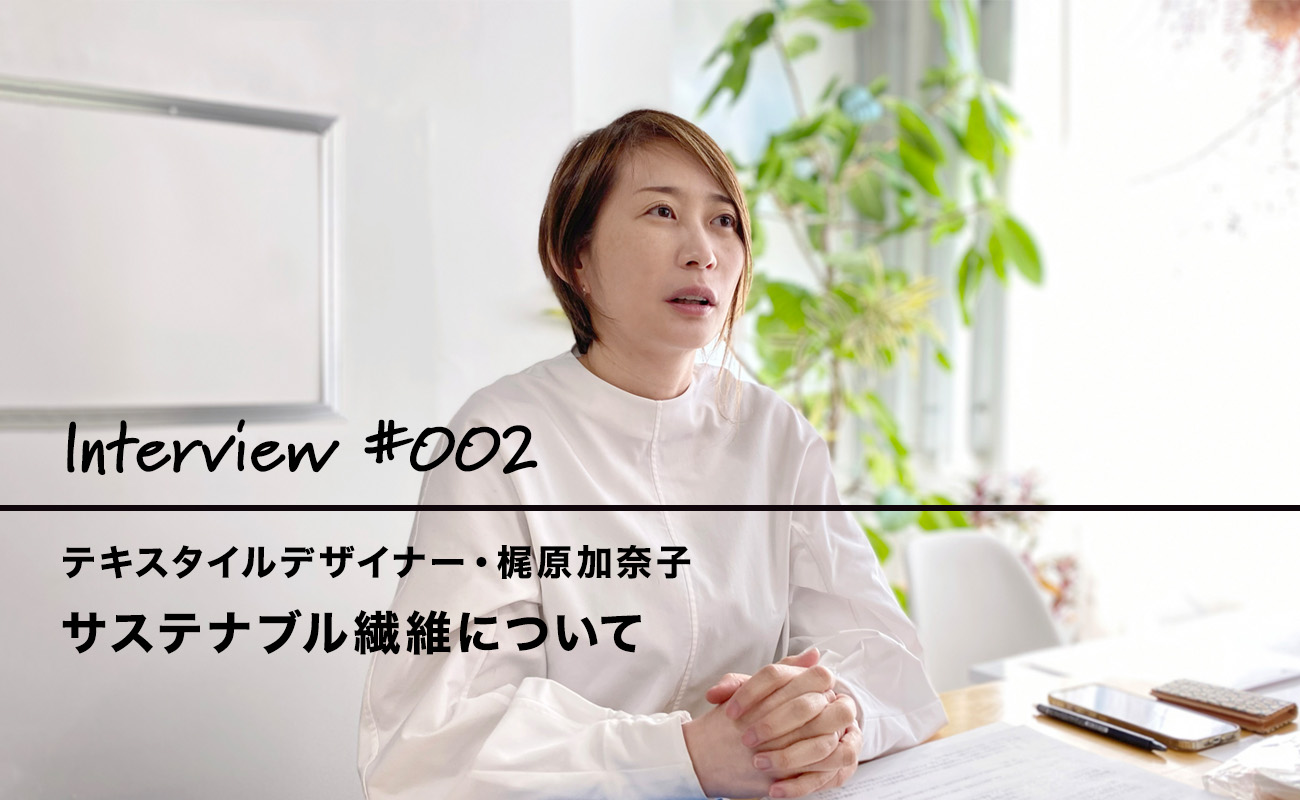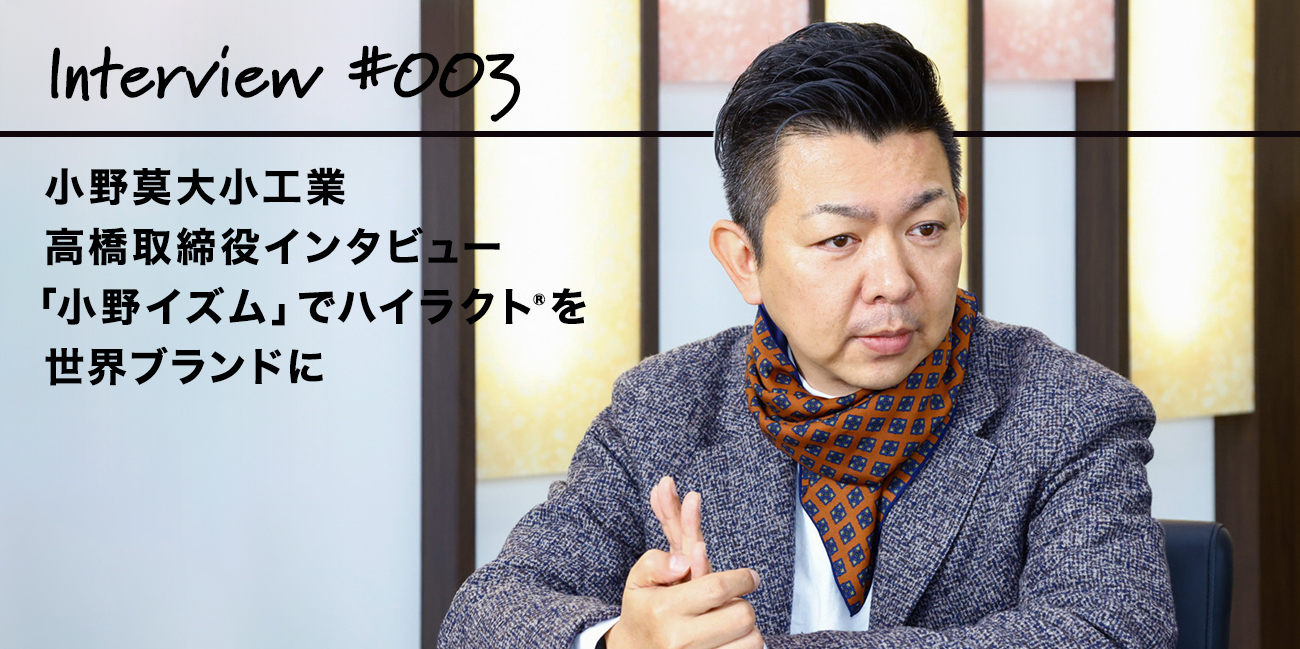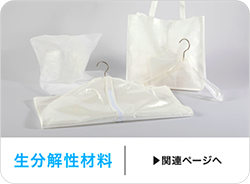We Spoke to the Masterminds Behind SHIPS
The Reason for Creating SHIPS Original Products with PLA (Polylactic Acid)
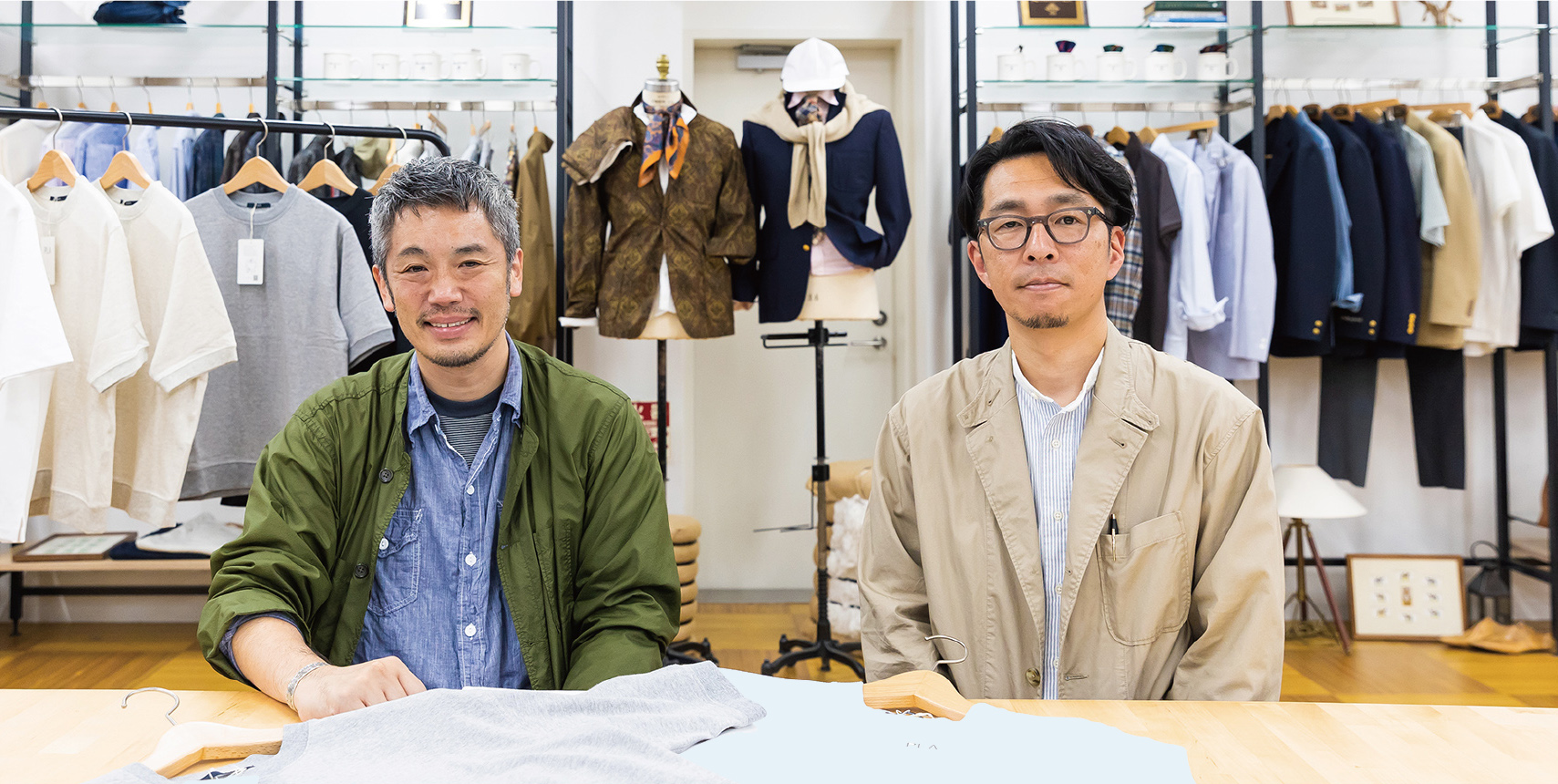
——Please tell us about SHIPS’ efforts towards realizing sustainable fashion.

Yazawa: As the concept of SHIPS is “stylish standard”, we want to maintain the base of the product and choose materials suitable for the current era, keeping within what the brand SHIPS stands for. Sustainability has become a popular topic recently, but on the other hand, it makes people think, "Are products that don't advertise themselves sustainable not sustainable?" That's why we want to focus on products that we can properly tell our story with and continue to develop them, while incorporating good materials from time to time.
——Please tell us why you decided to incorporate PLA (Polylactic Acid) as a material this time.
Yazawa: I knew about PLA (Polylactic Acid) itself from before, and while actually handling the material, I thought it might be a non-versatile material considering its characteristics such as high price and heat sensitivity. At that time, Koichi Taka, a director of HighChem, came to negotiate, and I was shocked by his talk. A chemical manufacturer called HighChem entered the textile industry and talked passionately about wanting to do something like an industrial revolution in apparel and using PLA (Polylactic Acid) as a substitute for polyester, and the impact was tremendous.
——It’s great to hear that you empathized with Taka’s talk!
Yazawa: It was impressive that he was talking about the future from a completely different perspective than those of us in our industry. After that, I researched PLA (Polylactic Acid) myself and thought that this might be interesting and decided to take on “next-generation PLA (Polylactic Acid) material” for SHIPS as well, involving the upper management. From there, a company-wide project started in collaboration with MD and product planning Takahashi.
——So it’s moving as a project.
Yazawa: If it’s only handled once, it will end if it doesn’t sell. Then, what we told the customers will become transient. After all, I think it’s important to continue such things, so it’s a project that we want to work on as a company in the future.
——Please tell us about the points you were particular about when commercializing PLA (Polylactic Acid).

Yazawa: When it comes to the brand SHIPS, we want customers to choose a fairly basic item, so we stuck to relatively simple product making while touting PLA (Polylactic Acid). It’s not that customers buy it because they use PLA (Polylactic Acid), but rather that PLA (Polylactic Acid) is associated with SHIPS products, and we aimed for a feeling of “eco-friendly items are incorporated into basic SHIPS-like clothes”.
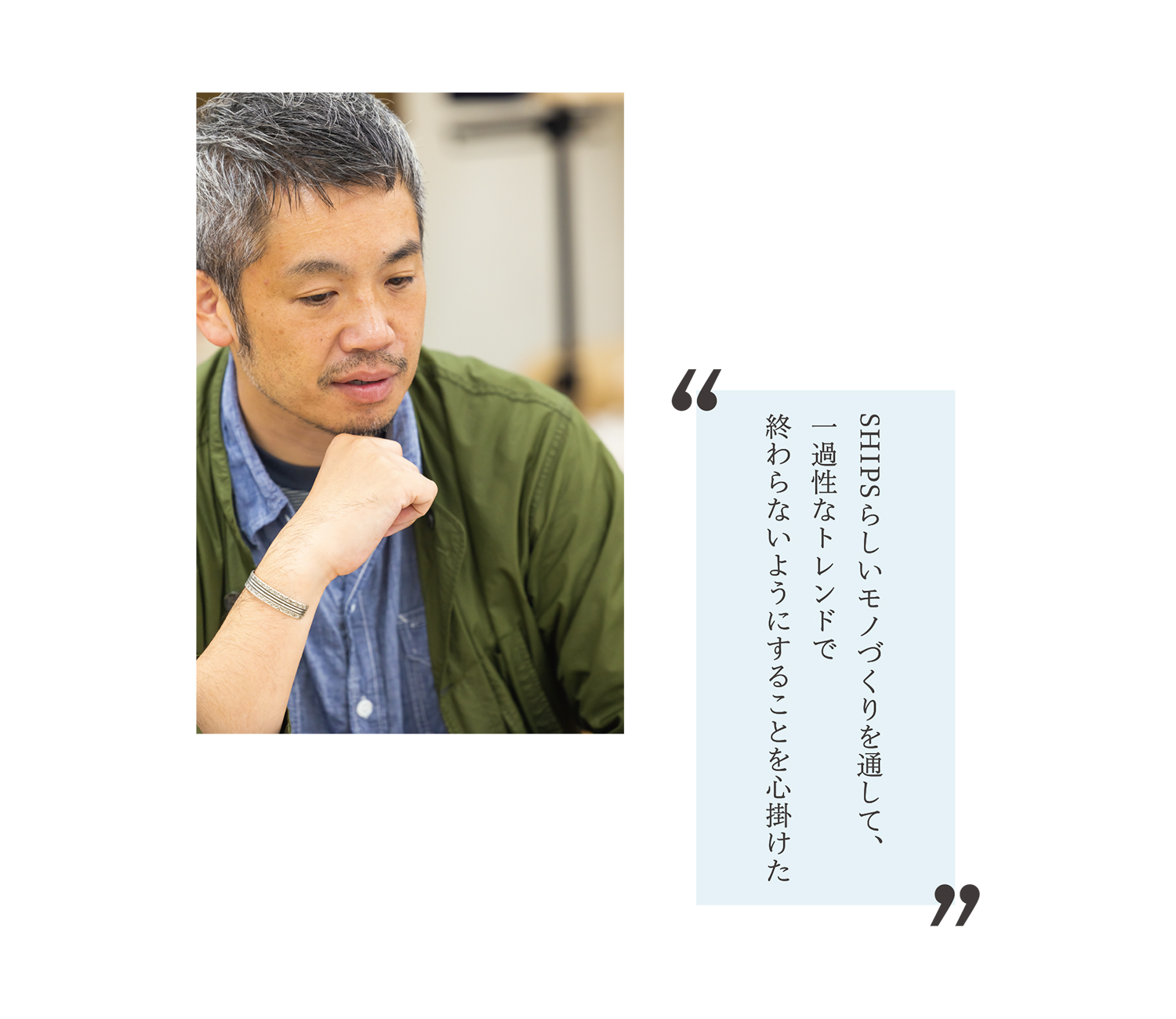
Takahashi: That’s right. “When it comes to SHIPS’ basic cut-and-sew, it’s this kind of sweatshirt T-shirt, right?” or, “With this kind of T-shirt, you can also match it with a comfort jacket.” We strive to create standard SHIPS-like items so that they don’t end with a transient trend. That’s the kind of mindset we have.
——What has been the reaction from customers since it was released in stores?
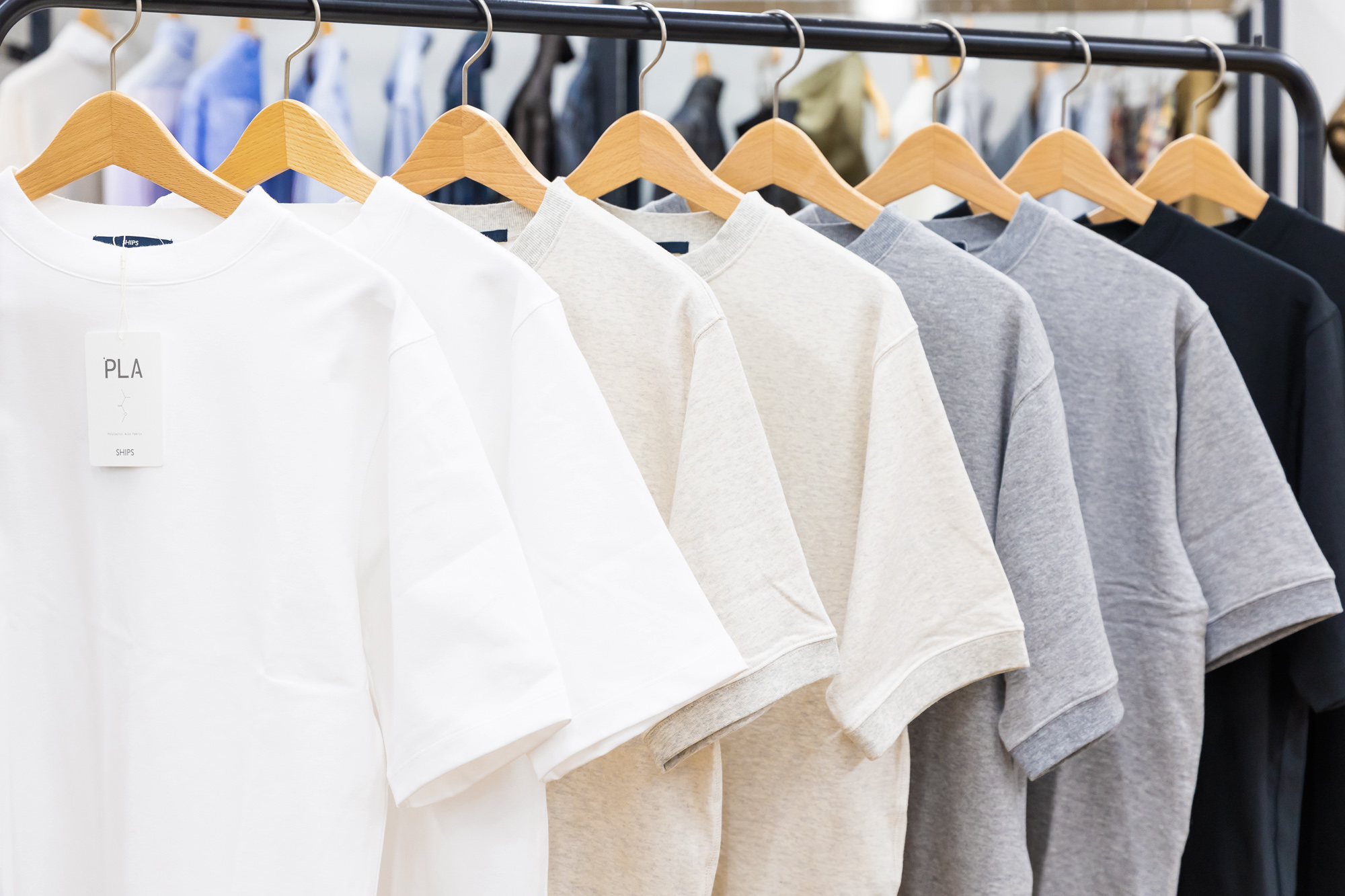
Yazawa: This time, in the spring/summer collection of SHIPS, we have announced about 10 types of products using PLA (Polylactic Acid), including the material of HIGHLACT®.
The goodness of PLA (Polylactic Acid) that I felt again when I actually sold it is not only that it is a sustainable material, but also that the name is “Polylactic Acid”. Honestly, I don’t really understand the “poly” part (laughs), but I can associate the “lactic acid” part with “lactic acid bacteria” that I often hear in my daily life, and I can get an image that it seems good for the skin. The fact that the material itself is weakly acidic and gentle on the skin is an important element that customers can feel the effect themselves. I think that will differentiate it from other sustainable materials.
Especially this time, since we are developing PLA (Polylactic Acid) material mainly on the cut-and-sew line, I think that the part that is gentle on the skin and the fact that it has antibacterial properties are messages that are easy for customers to understand.
Takahashi: That’s right. Of course, the aim is for people to wear the products and buy them to experience the eco-friendliness of the products, but the fact that the products have proper antibacterial properties and that we can collect data and use it to develop future products is also a benefit for us as someone who handles the materials.
——The catchphrase “Clothes that change the future a little” is nice.
Yazawa: When we formed a project team within SHIPS and decided to launch PLA (Polylactic Acid), we decided that it would be nice to have words that could continue for a long time. And while talking with people like HighChem, it’s not about a textile revolution in apparel, but with the clothes we wear, polyester is an indispensable material. If that polyester is replaced with an alternative material, the future will change a lot, and I chose the phrase thinking that I might feel a story that connects to the future.

——Could you tell us about your future initiatives?

Yazawa: For us, the ideal situation would be for customers to choose clothes that are unique to SHIPS, and for that material to be increasingly replaced by PLA (polylactic acid)..
So, I think this is where HighChem has to work hard, but if the cost aspect of PLA (Polylactic Acid) and the constraints of the material, such as being weak to heat, are eliminated more, I think it can be increasingly used in various products.
——That’s right. As HighChem, we are also advancing research and development to enhance the functionality of PLA (Polylactic Acid) in-house. Also, regarding the cost part, I think we have to realize it while advancing future market development with our Chinese partner companies.
Takahashi: I also see a lot of European materials in my work, but in Europe, when it comes to sustainable materials, it’s uniformly recycled materials. This is also one of the reasons why I was interested in PLA (Polylactic Acid), but PLA (Polylactic Acid) is still a new material for them. So, the point that “PLA (Polylactic Acid) can be a material that can be disseminated from Japan” is a place where I was very sympathetic.
——The project of “Chinese materials + Japanese technology to the world market” is also a project that HighChem will work on with all its might. We look forward to your continued support in the future!
